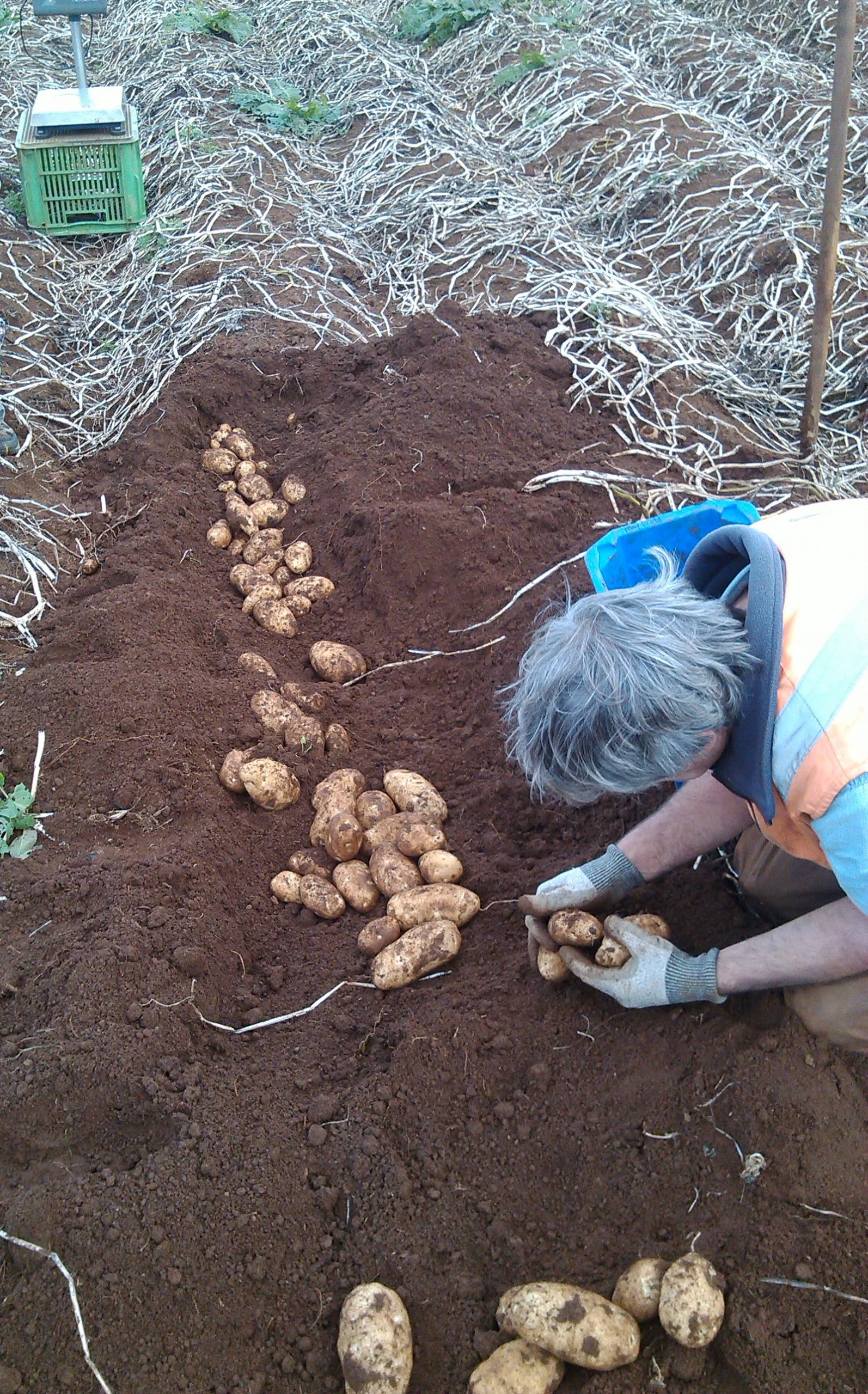
Advancing robotics in the Australian vegetable industry
8 April 2020
Exploring effective management of Spongospora root diseases
9 April 2020Are you a vegetable grower looking for an easy way to improve your Integrated Pest Management program? Native vegetation insectaries might be the answer. The VegNET Victoria (South-East, West and Northern) team investigated this subject in late 2019.
What is a native vegetation insectary?
On-farm insectaries are vegetated areas of flowering plants that can provide habitat and a nectar food source for beneficial insects. By re-purposing areas on your farm not suitable for cropping, insectaries can be a simple, low-cost way to support an existing Integrated Pest Management (IPM) program.
Boost your IPM program
The goal of on-farm insectaries is to enhance diversity and abundance of beneficial insects by planting flowering native species. Insectaries build resilience in an IPM program, particularly against seasonal variations and new pest incursions, by attracting beneficial insects and allowing them to persist in the area for longer.
There are some cost-saving elements as well, particularly if you buy and release beneficial insects, as many of these species need pollen and/or nectar to survive and reproduce as adults. This includes common beneficials such as ladybirds, lacewings, hoverflies and wasps.
Subsequently, insectaries can maximise the benefits gained from these tiny pest-busting champions. Depending on the crop type and timing, beneficials may also lay their eggs in an insectary or even shelter there from certain crop activities such as harvest.
How do I create an insectary?
Step 1 – Find suitable locations on your farm, such as:
- Land unsuitable for cropping but (ideally) within 50 metres of crop areas. • Inter-row or end-of-row plantings.
- Headlands, buffers or shelterbelts (new plantings or create an understorey). • Garden beds (e.g. along fence lines).
- Container plantings at various locations around each block.
- Surrounding a dam, embankment or area prone to erosion.
- Grassy drainage lines – native grasses provide excellent low maintenance groundcover and habitat for beneficial insects, as well as reducing erosion risks.
Step 2 – Choose appropriate native or indigenous plant species to best achieve your goals. For example, brown lacewings like to lay their eggs in native grasses. When selecting plant species, aim for as close to year-round flowering as possible and include diverse plant types, such as groundcover, grasses and shrubs.
Step 3 – Plant and maintain your insectary. Control weeds, which are more likely than native plants to harbour pests. Monitor your insectary and adjacent crop areas to make sure you are attracting the beneficials you need and not pests.
Insectaries in action
VegNET Victoria (South-East, West and Northern), delivered by RMCG, facilitated an R&D roadshow forum in mid-October 2019 with a focus on native vegetation insectaries at the CSIRO Food Innovation Centre in Werribee, Victoria.
The focus was to build on interest shown by several growers to learn more about insectaries. It included presentations from the Port Phillip and Westernport Catchment Management Authority and a project team from Charles Sturt University researching Field and landscape management to support beneficial arthropods for IPM on vegetable farms (VG16062), a strategic levy investment under the Hort Innovation Vegetable Fund.
A key outcome from this workshop is the active exploration of external funding support to trial native vegetation insectaries in the Werribee region.
For more information on how to create an insectary on your own farm, including a suggested species planting list, a practical fact sheet is available on the AUSVEG VIC website.
Find out more
Please contact Clinton Muller at RMCG on 0498 192 596 or clintonm@rmcg.com.au.
Regional capacity building to grow vegetable businesses – Victoria (South-East, West and Northern) is a strategic levy investment under the Hort Innovation Vegetable Fund.
This project has been funded by Hort Innovation using the vegetable research and development levy and contributions from the Australian Government.
Project Number: VG18003


